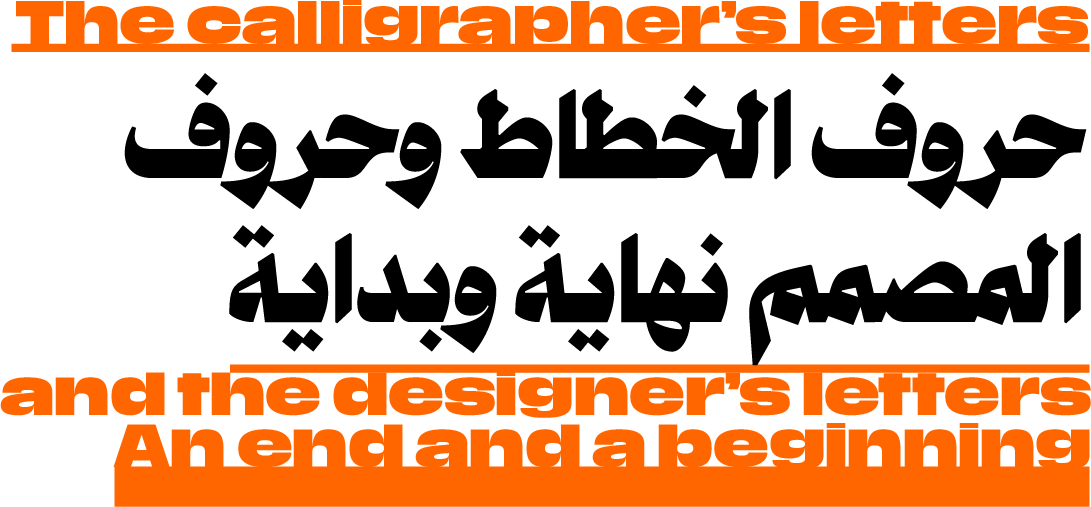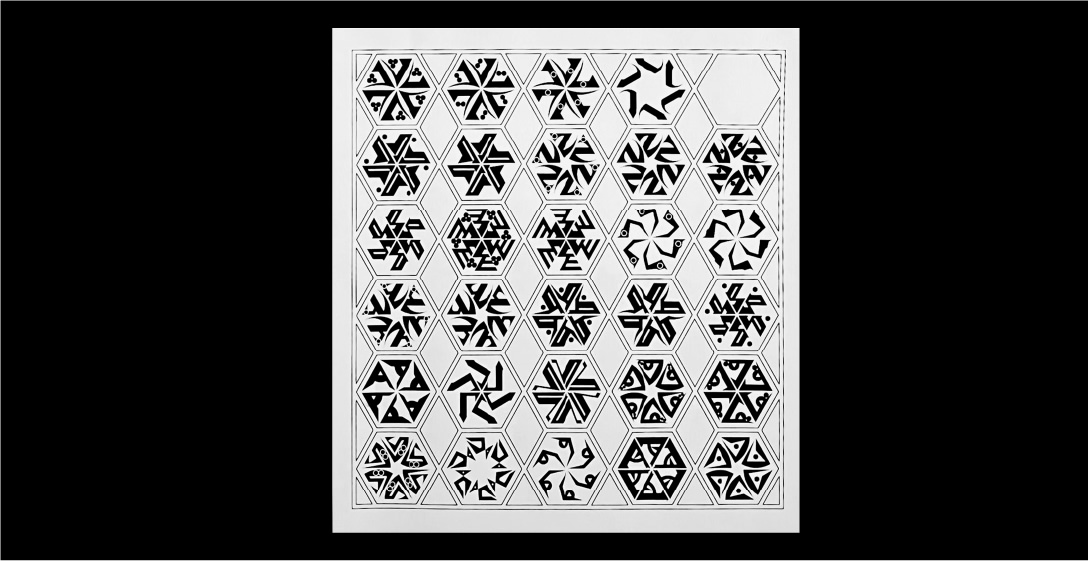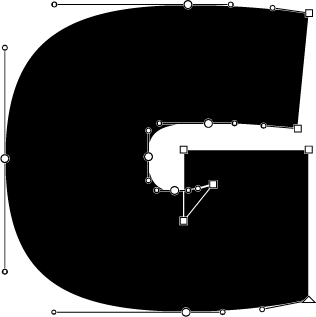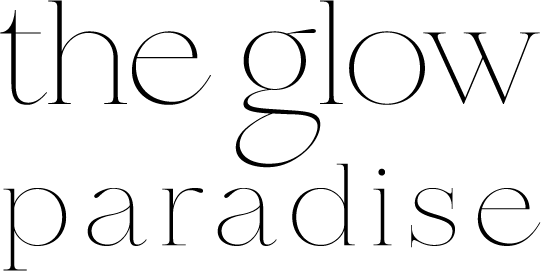This paper discusses the roles of calligraphers and designers in designing Arabic letters for various printing styles. It posits that the calligrapher’s role has ended with regard to letter design, knowing that calligraphers did not contribute much to it since the introduction of printing in Arabic letters to the East.
On the other hand, the new designer is the one who will take this role, while the calligrapher will focus on calligraphy as an independent art.
Mashq Speakers
-
تتناول هذه الكلمة دور الخطاط ودور المصمم في مسألة تصميم الحروف العربية للطباعة في أساليبها المتنوعة. وهي تركز على أن دور الخطاط قد انتهى بالنسبة لتصميم الحروف، في الوقت الذي لم يساهم فيه مساهمة كبرى منذ دخول الطباعة بالحروف العربية إلى الشرق. في المقابل، تؤكد هذه الكلمة على أن المصمم الجديد هو الذي سيقوم بهذا الدور ليلتزم الخطاط بالخط كفن قائم بذاته.
-
Samir Sayegh was born in Lebanon in 1945. He is a master calligrapher, art critic, poet, writer and researcher. He is the author of several publications on Islamic art, notably the book Islamic Art: a reading into its philosophy and aesthetic characteristics. He was a lecturer at the Architecture and Graphic Design department at the American University of Beirut from 2003 to 2007. He has exhibited his calligraphic work across the Arab world and in Europe, and has also created works for buildings and mosques.
-
وُلد سمير الصايغ في لبنان في عام 1945، وهو أستاذ مخضرم في الخط العربي، وناقد، وشاعر وكاتب وباحث. ألّف الصايغ عدّة منشورات وكتب حول الفن الإسلامي، ومنها كتاب «الفن الإسلامي: الفن الإسلامي، قراءة تأملية في فلسفته وخصائصه الجمالية». حاضر الصايغ في قسم العمارة والتصميم في الجامعة الأمريكية في بيروت بين عامي 2003 و ٢٠٠٧، كما عُرضت أعماله في الخط العربي في العالم العربي وأوروبا، وابتدع العديد من الأعمال للمباني والمساجد.


















